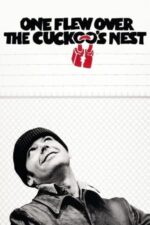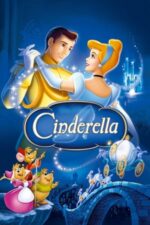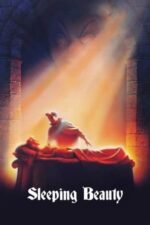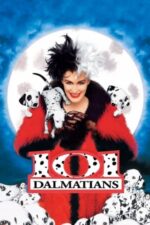Beyond Damsels: Exploring the Evolution of the Female Villain
We’ve all seen them – the wicked stepmothers, the scheming witches, the power-hungry CEOs. The female villain is a staple in storytelling, but her portrayal has undergone some fascinating shifts over time. It's more than just "evil for evil's sake"; these characters often reflect societal anxieties and evolving perceptions of women themselves. Let’s dive into how they’ve changed, with a few cinematic examples to illustrate the journey.
Early depictions, like Maleficent in Disney’s Sleeping Beauty, tended towards archetypes – powerful, beautiful, and driven by spite or thwarted ambition. She's undeniably captivating, but her motivations are rooted in feeling slighted. It’s a classic fairytale villain, embodying a kind of jealous rage that felt safely contained within the fantasy realm. Similarly, Cruella De Vil in One Hundred and One Dalmatians is delightfully wicked, fueled by vanity and a desire for a truly outrageous fur coat. These characters are entertaining, but their complexity feels…limited. They’re villains to be defeated, not understood.
Then came films like The Leech Woman, which started nudging the narrative in a more interesting direction. Here, we see a woman driven by desperation – a desire to hold onto her fading youth and her marriage. While her actions are undeniably questionable (a dangerous quest across Africa for a miracle drug? Not ideal!), there’s a tragic element at play. We glimpse the vulnerability beneath the ambition, hinting at societal pressures on women regarding aging and appearance. It's a far cry from simple malice.
More recently, we see female villains who aren’t just antagonists but complex figures with understandable (if not justifiable) motivations. Think about the corporate titan in The Lightning Code. She isn’t inherently evil; she represents the ruthless pursuit of profit at any cost – a critique of unchecked capitalism that happens to be embodied by a woman. It's a commentary on systemic issues, and her villainy stems from a position of power rather than inherent wickedness.
Even Dorothy’s nemesis in The Wizard of Oz, the Wicked Witch of the West, has gained layers of reinterpretation over time. She’s not just a cackling monster; she’s a force of nature, guarding something precious (her sister's shoes) and reacting to perceived threats.
What makes these later portrayals so compelling is their willingness to explore nuance. They challenge the simplistic "good vs. evil" dichotomy and ask us to consider why these women act as they do. It’s a reflection of our own evolving understanding of female ambition, power, and vulnerability – and it's making for some truly fascinating cinematic villains.
What are your favorite examples of complex female villains? I’d love to hear them!






































